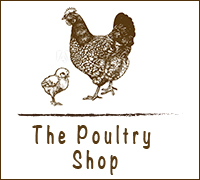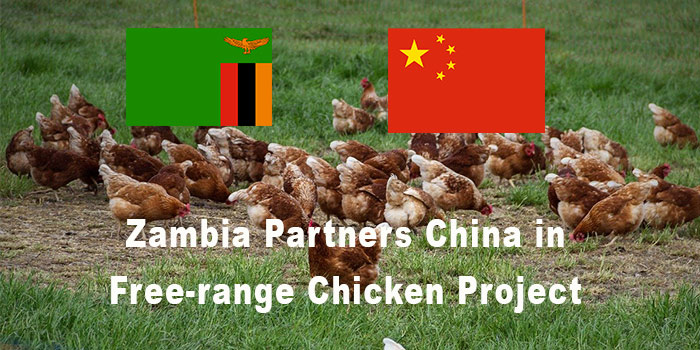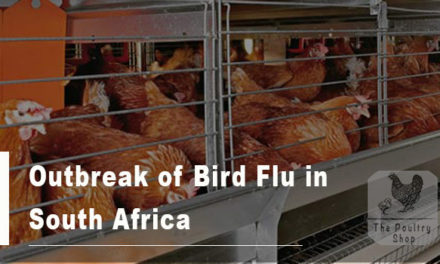In a positive development for the region and free-range chicken farming in general, the Zambian government partnered with China’s Jinlin University in setting up nine farms dedicated to the production and processing of free-range chickens.
The projects will be undertaken in Luanshya, a mining district in the Copperbelt region of Zambia.
In a report published by CGTN Africa, Luanshya District Commissioner Patrick Maipambe confirmed the chicken rearing project is being spearheaded by the Technology Serve Organisation and the University of Zambia in conjunction with Chinese Jinlin University.
The promotion and implementation of the project will be handled under the Ministry of Livestock and Fisheries.
The project is expected to create employment and improve the production of indigenous chickens in Zambia as chicken processing plants will also be set up on some of the farms.
So what does this development mean for Zimbabwe?
- Personally, I see this as a positive wake-up call to free-range chicken farmers. Such a level of investment confirms the profitability and sustainability of free-range chicken farming. You can read here some of the reasons why you should invest in roadrunner chickens.
- The free-range industry association needs to liaise with our Zambian counterparts and draw lessons on the model with a view to learn, refine, and implement in our country.
- The free-range industry association needs to lobby the government for similar investment support and partnerships. Availing land for commercialization of free-range chickens can go a long way in promoting the production of roadrunners in Zimbabwe.
- Ministry of Agriculture, academic institutions, and research agencies need to invest more in training, research, and development of local indigenous breeds and efficient feed and production systems.
- There is an urgent need for small-scale free-range farmers to come together under the banner of the Association to enable collective production and supply to meet export market demand.
- There is a need for the free-range sub-sector value chain to be well defined. As it is, there is no clear structure as individuals are satisfying local demand on an ad hoc basis. There is need for coordination of the production side to ensure consistency in supply to meet local and export market. For instance, there is need for a database of breeders, hatcheries, suppliers of fertilized eggs, free-range table eggs, chicks, feed suppliers, growers, veterinarians, etc
- Financial institutions need to provide tailor-made financial packages to enable free-range poultry players to be capacitated. Contract farming targeting small-scale contract growers for instance can make a huge difference. It’s good to note some agricultural produce and equipment can be imported duty-free to allow for retooling. The challenge is that most small-scale poultry farmers cannot afford to enjoy these import benefits.
What are your thoughts? How can the free-range chicken sub-sector be improved to meet local and export market? Post your feedback in the comment box below.


